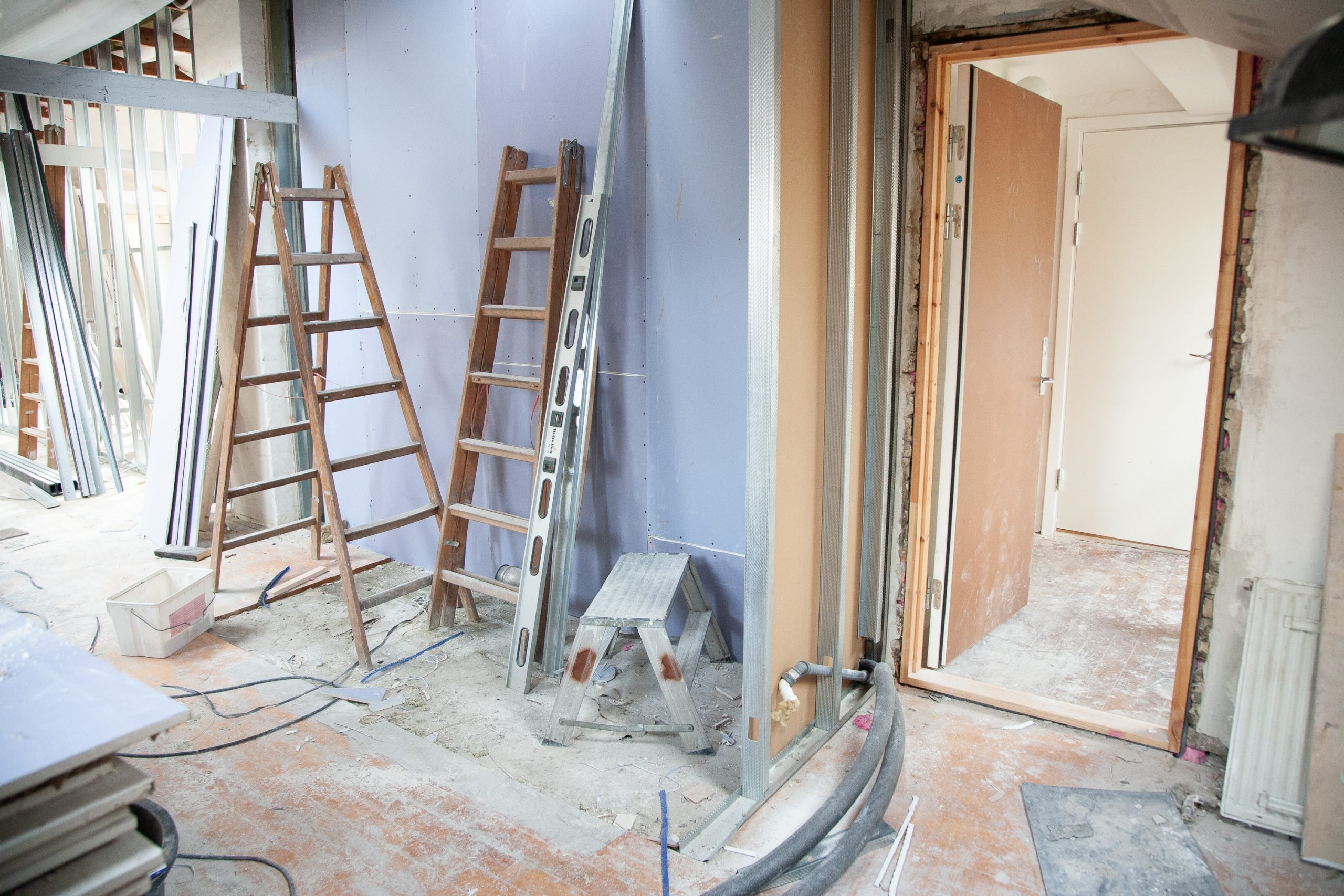
This topic came up recently when I was talking to a customer who was looking to refinance their mortgage and defined an outcome of having access to funds for a renovation of the back part of the house. Refinancing your assets to renovate a property is a significant decision that will hopefully improve your standard of living or add substantial value to your property. Refinancing isn’t as straightforward as you might expect – the type of renovation proposed goes a long way to dictating the loan required. If the wrong loan is chosen, you could be left with a pile of unexpected debt.
Know your Budget
The first step when considering how to refinance a renovation is to have a clear idea of your budget. If you underestimate your budget, you run the risk of getting knocked back from your lender. For example, homeowners who have estimated a budget of $100,000 to do renovations, only to discover it will cost a lot more, may have to reapply for the loan, which banks and lenders generally don’t like.
Be conservative with your projection. If you think you need $100,000, Astute St Leonards recommend applying for $150,000 just in case – if you can afford it. The key is stick to your budget which is both hard and critical! The next step is to speak to us to determine which loan will suit your needs and objectives.
Line of Credit Loan (Home Equity Loan)
Also known as an equity loan, to be eligible, a homeowner must be looking to make upgrades to the cosmetic domain of their property. Installing a new bathroom or kitchen, painting the interior or exterior of the house and other basic construction falls under a line of credit loan.
These renovations, more often than not, do not supersede the costs of structural changes, so homeowners can call on up to 80 per cent of their Loan-to-Value Ratio (LVR). A line of credit loan is a “revolving door” of credit that combines your home loan, daily spending and savings into one loan.
To calculate the value you can borrow, subtract your current loan balance from your property value and then multiply by 80 per cent. For example, if your property is worth $500,000, and you have $250,000 left on your loan, your home equity is $250,000. You then multiply this total by 80 per cent. If you’re uncertain of your home value, contact Astute St Leonards who can assist you in arranging an appraisal or valuation.
If you choose a line of credit home loan, it essentially works as a large credit card. You can use it to purchase cars, cosmetic renovations and other investments. However, the interest-only charge starts when the equity is drawn down. Keep in mind, line of credit loans provide you with money that can gather interest very quickly, so if you are ill disciplined with repayments or money, speak to us to define a plan that matches your unique circumstances.
Construction Loans
Construction loans are suitable for structural work in your home, for example, if you’re adding a new room or making changes to the roof. Construction loans give homeowners the opportunity to access larger sums of money, with the amount dependent upon the expected value of the property after renovations are completed.
The advantage of a construction loan is that the interest is calculated on the outstanding amount, not the maximum amount borrowed. This means you have more money available in your kitty, but only pay interest on the money you choose to spend. For this reason, our broker may recommend that you apply for just one loan, but leave some leeway in your borrowed kitty.
When applying for a construction loan, council approval and a fixed price-building contract are required, so it is important to work with a qualified and licenced construction company or builder. Your lender will appoint an assessor to value your construction at each stage of the renovation. This will happen before you pay your instalment. When construction is complete, speak to us as you may be able to refinance back to the loan of your choice.
When looking at both these loans, consumers can call on other property they own to boost their overall borrowing amount if they wish. Depending on the circumstance, they can use other property to get a line of credit and a construction loan, or they might get a typical construction loan if there is going to be an extensive framework change on the building.
Broker Advice
If you speak to a broker like Astute St Leonards, they will be able to determine which loan will give you the options you seek. This advice is essential, as a poorly planned construction loan could cost you more down the road. Consumers should ask their broker, “What type of loan am I eligible for?”, because if you don’t get your construction loan right, you may be jeopardising your bank security.
While these specific options can be discussed with your broker, if they aren’t suitable, there may be other options available to you. We can show you how to refinance a renovation.
